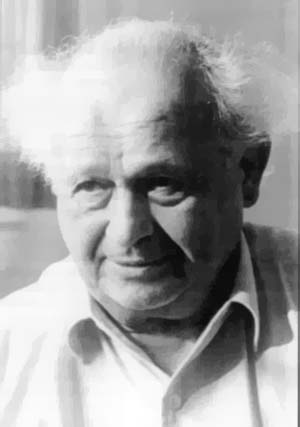 Feldenkrais movement therapy was developed by Dr. Moshe Feldenkrais (photo). It’s designed to isolate separate muscles and muscle groups in order to promote flexibility, release tension, and enhance balance.
Feldenkrais movement therapy was developed by Dr. Moshe Feldenkrais (photo). It’s designed to isolate separate muscles and muscle groups in order to promote flexibility, release tension, and enhance balance.
Researchers from the national Ageing Research Institute, in Victoria, Australia studied the effect of the Awareness Through Movement lessons on balance and function in older people.
Awareness Through Movement consists of verbally directed movement sequences presented primarily to groups. A lesson generally lasts up to an hour and is usually organized around a particular function.
First, the details.
- 55 elderly participants were randomly assigned to the movement lessons or a control group (continue their usual activity).
- Lessons were given twice-weekly over 8 weeks.
And, the results.
- There was significant improvement with the movement lessons in the following areas relative to the control group.
- The Modified Falls Efficacy Scale score
- Gait speed: Less than 1 meter/second identifies persons at high risk of persistent severe lower extremity limitation, death, and hospitalization.
The bottom line?
“High class attendance (88%) and survey feedback indicate that the program was viewed positively by participants and might therefore be acceptable to other older people, concluded the authors.
There’s lots of interest in reducing the risk of falls in the elderly. Some summaries posted recently on this blog are here and here.
Signs that grandma is at significant risk of falling are summarized here.
3/22/09 19:21 JR